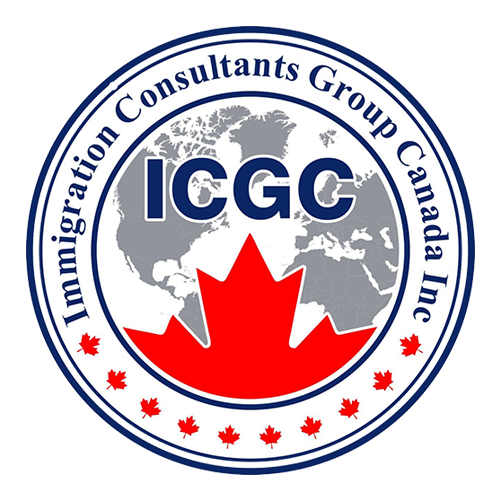Canada’s service sectors see employment growth as job vacancies remain steady
Job vacancies stayed high in July 2022, with payroll employment continuing to rise.
Statistic Canada recently released their analysis of the July 2022 labour market. Canada continues to have record-breaking job vacancies, seeing 964,000 vacancies in July 2022.
Findings on job vacancies
Job vacancies dropped by nearly 73,000 jobs in July 2022. However, overall job vacancies increased by over 130,000 positions compared to last July 2021.
After adjusting for seasonal effects on the labour market, Statistics Canada reports that roughly half of the job decreases between June and July 2021 were down to seasonal factors.
The industries with the most vacancies in July 2022 were accommodation and food services, and healthcare and social assistance.
Industries impacted
Despite an elevated number, some industries did also see a decline in their job vacancies.
Accommodation and food services saw decreases of more than 20,000 job vacancies in July; however, the job vacancy rate in the space (the total number of vacant positions as a percentage of total number of positions (vacant or filled)), stood steady at 10%; nearly twice as high as the national average of 5.4%. This is a sign of huge demand for positions in this industry.
Job vacancies saw little change in the healthcare and social assistance industry. The job vacancy rate was 6% in July 2022, with little change since June. Despite this, there is increasing demand for workers in this industry—staff shortages caused interruptions in hospital services (including emergency rooms), with hiring in this sector becoming a growing concern. Canada has even gone so far as to remove barriers to permanent residence (PR) for physicians already in the country; in response to these staff shortages.
Implications
Overall, the number of job vacancies is a good indicator that Canada continues to have a strong hiring climate. In particular, workers in the accommodation and food services, and healthcare and social assistance industries seem to be in very high, and continued demand, with a decrease in job vacancies, barely impacting job vacancy rates in both industries that are above the national rate.
Additionally, a relaxing of COVID regulations in Canada has seen a return to regular business practices—bolstering businesses to return to pre-pandemic levels; with a shift toward service spending driving growth in these industries.
Opportunity in waiting?
There is a trend that is parallel but influencing the strong hiring climate: a huge skills gap reported by employers.
More than half (56.1%) of Canadian businesses in 2021 reported that their overall workforce was not fully proficient to perform their job at the required level. For example—in the accommodation and food services sector—78.8% of employers reported skills gaps in their workforce, the highest rate out of any industry.
Even in the industry with the lowest reported skills gap (professional, scientific and technical services) over a third (34.3%) of businesses still expressed a skills gap in their employees.
Canada is looking to alleviate these labour and skills shortages by targeting record levels of immigration—looking to welcome 430,000 immigrants annually.
In addition, Canada will announce an update to its newcomer strategy when it tables its immigration levels plan 2023-2025 by November 1st.
source: cicnews.com


